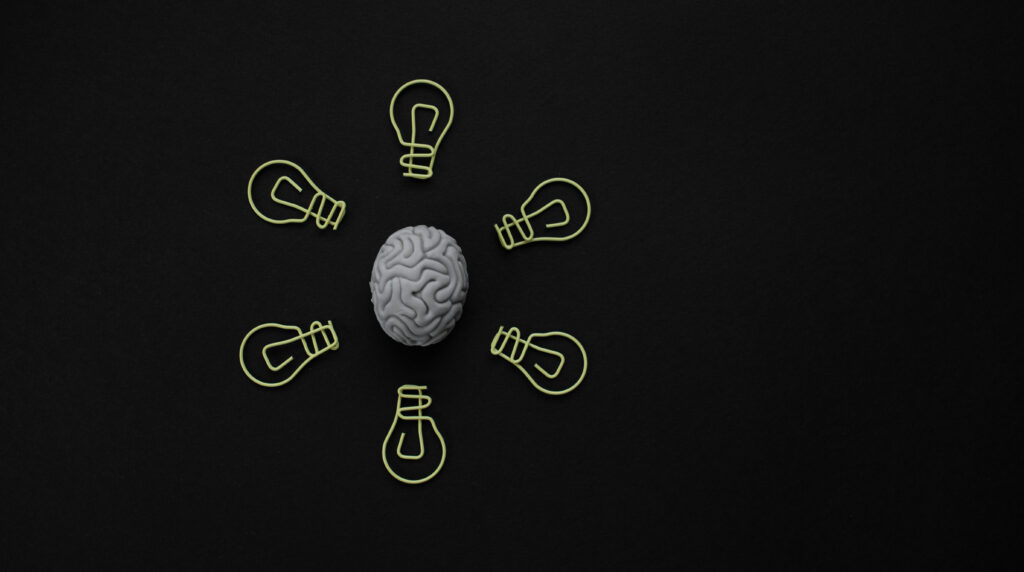If there’s something that is resonating increasingly, it’s the SDGs or Sustainable Development Goals. Defined in 2015, these are 17 global objectives adopted within the framework of the United Nations’ 2030 Agenda.
At the educational level, integrating the SDGs into the curriculum helps raise awareness among students about the impact of the different objectives that are part of the 2030 Agenda. Additionally, it helps develop key skills such as problem-solving and empathy.
Given the importance of the SDGs in education, at Additio App, we are publishing a series of articles, each focused on a different SDG, and offering ideas for working on them in the classroom. Previously, we have discussed the SDGs in general and SDG 1: No Poverty. This time, we will talk about SDG 2: Zero Hunger, so don’t miss this week’s post!
What are the SDGs and which are they?
The Sustainable Development Goals (often referred to as SDGs) are 17 global goals adopted at a United Nations Summit in 2015. At this summit, the 2030 Agenda was adopted, which includes these 17 objectives to address global challenges.
The 17 SDGs to be achieved by 2030 are as follows:
- No Poverty
- Zero Hunger
- Good Health and Well-being
- Quality Education
- Gender Equality
- Clean Water and Sanitation
- Affordable and Clean Energy
- Decent Work and Economic Growth
- Industry, Innovation, and Infrastructure
- Reduced Inequality
- Sustainable Cities and Communities
- Responsible Consumption and Production
- Climate Action
- Life Below Water
- Life on Land
- Peace, Justice, and Strong Institutions
- Partnerships for the Goals
These 17 global goals are being worked on by citizens, businesses, governments, and institutions of all kinds. Therefore, the educational field is essential in achieving and raising awareness about the SDGs. By incorporating the different SDGs into the classroom, we are fostering a society focused on sustainable development and equal opportunities.
If you are interested in this topic and want to read more, don’t miss this document from the United Nations.
What is SDG 2: Zero Hunger?
As we have mentioned before, we will address each of the SDGs specifically on our blog, giving ideas and advice for addressing them successfully in class.
So, what do we mean when we refer to SDG 2: Zero Hunger?
Even before the adoption of the 2030 Agenda and the 17 SDGs, the issue of hunger, especially in developing countries, was widely known. Surely, when you were in school, you already saw that it was an important issue. You may have collected food for people in need, or learned about the importance of saving food, etc.
With the adoption of the SDGs, the need to address this problem, which is so deeply rooted in our society and the rest of the world, has become evident.
According to UN data, in 2022, there were 9.2% of the world’s population in a situation of chronic hunger, which corresponds to more than 730 million people worldwide. This means that there are more than 730 million people who do not have regular access to an adequate amount of food, endangering their lives.
This problem has been growing in recent years due to several factors:
- Increase in food prices
- Climate crisis
- Increase in the cost of living
- Decrease in the production of certain foods
Furthermore, the problem of hunger limits the achievement of other goals of the 2030 Agenda. If there are so many people suffering from chronic or sustained hunger, their development is limited, negatively impacting their health. This hinders their access to education, jobs, physical well-being… How will we achieve a fairer society if more than 730 million people do not have a minimum of nutrients to enjoy good health?
Therefore, with SDG 2: Zero Hunger, the aim is to ensure by 2030 that all people have access to nutritious and sufficient food throughout the year.
Ideas for working on SDG 2: Zero Hunger in class
Do you think you can contribute to achieving this SDG? Of course, you can! Any action can help build a fairer and more empathetic society regarding these issues. Here are some ideas for working on SDG 2: Zero Hunger in class:
- Link this SDG to your didactic units: when creating your teaching units (or importing them from Additipedia), you can link the SDGs being addressed. By doing so, you will become aware of which teaching units address this SDG, and you can integrate it into your classes.
- Provide didactic resources to your students: here are some resources provided by the UN to openly discuss these issues in class:
- Infographics on the impact of the hunger problem in the world
- Quiz on the level of knowledge of SDG 2: Zero Hunger. One idea is to create the same quiz in Additio App to send to your students and find out how much they know about this SDG
- Compilation of data and statistics on SDG 2
- In subjects such as Economics, Computer Science, Social Sciences, or Language, you can encourage your students to create an awareness campaign about SDG 2: Zero Hunger.
They will have to research hunger in the world (for this, you can offer them the resources provided above), come up with a slogan, define the messages to be communicated, create posters and a video advertisement, etc.
- Participation in social projects: one way to raise awareness among your students about the hunger situation that many people in the world face is to involve them in social projects addressing this issue.
For example, you can encourage them to participate in a food drive to give to those most in need. They will have to organise the event and invite family or friends to donate food for the drive.
You can also encourage activities to raise funds. For example, in Physical Education, you can organise a race, where for every kilometre they run, they raise a specific amount of money to give to an association that works for Zero Hunger.
- Classroom debate: in many subjects, you can incorporate a debate into class, which will develop your students’ communication and critical thinking skills. In this debate, you can introduce some of these topics:
- Equitable distribution of food
- Food waste
- Importance of agriculture
- How technology can help reduce hunger in the world
Remember that you can create your rubrics in Additio App to assess this debate, and you can even opt for co-evaluation and self-evaluation so that your students can evaluate themselves and their peers.
What other ideas do you have for integrating SDG 2: Zero Hunger into class?
There are countless ways to work on this SDG in class, so tell us your best ideas!
We are waiting for you on our social networks to tell us: Facebook, Twitter, Instagram and Youtube.
Additio App, the school management, assessment, and communication platform that helps you put students at the centre of learning
With Additio App, you can carry out competency-based assessment, putting students at the centre of learning, keeping them informed about their progress, and helping them identify areas for improvement and strengths.
More than 150 features accompany you to improve your teaching and your students’ learning. You can try the platform for free with the Additio Starter, which gives you access to most features, and see if the platform really meets your needs.
See you soon!





